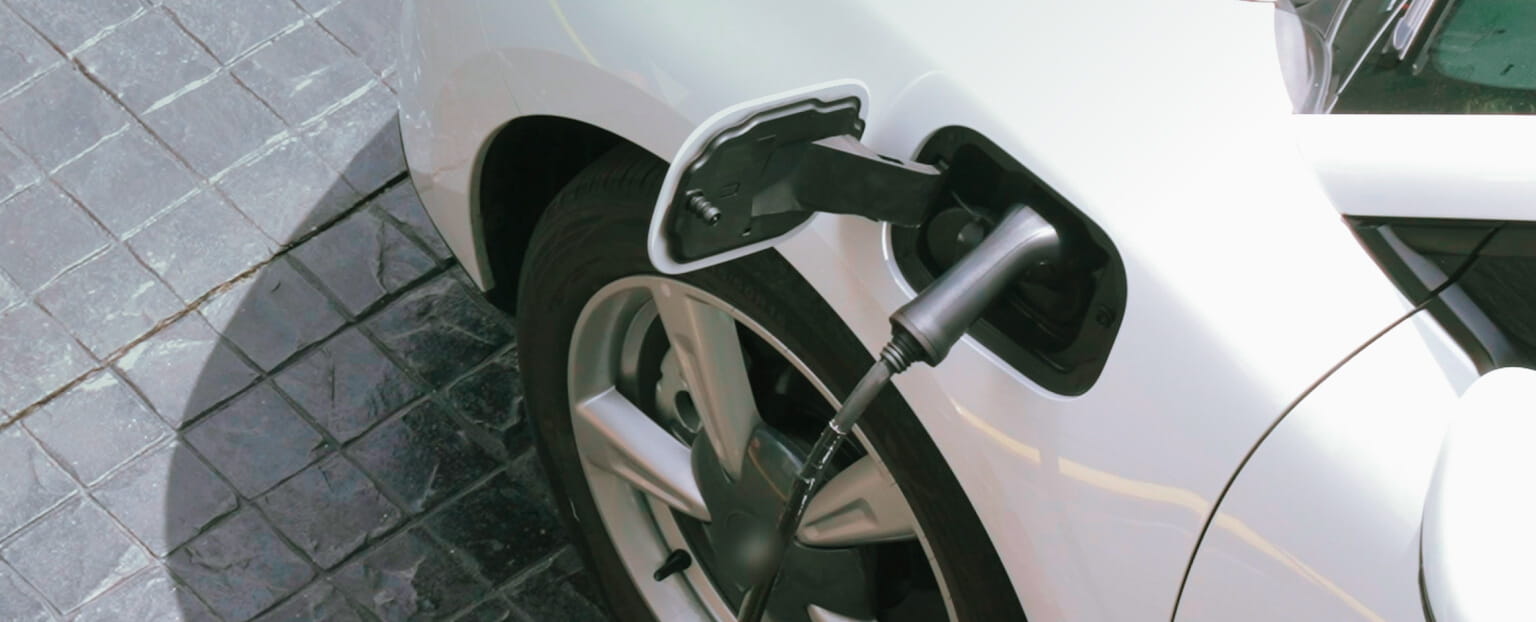Public EV charging
-
Can I charge my electric vehicle for free in Australia?
Yes. Many public EV charging stations in the ACT and across Australia offer free charging.
Free EV chargers tend to be the slower AC chargers. You are most likely to find free chargers in public car parks where the only cost will be the standard fee to park your car.
Some free EV parking stations in the ACT have time limits of up to three hours, so always check before leaving your EV charging.
Public EV chargers are also available in hotels or restaurant car parks and are free for guests to use.
-
What and how do I pay for electric vehicle charging?
Electric vehicle charging station costs vary depending on the location and supplier. In the ACT, you can typically expect to pay $0.50/kWh to $0.80/kWh to recharge your EV with fast DC charging.
You can pay for EV charging in a number of ways. RFID tags that store your data are commonly used, as are apps like the Evie Networks app. Autocharge is a new advanced technology that enables EV drivers to easily identify themselves at the charging station just by plugging in.
-
What are the different types of public EV chargers?
The most common types of public EV chargers are:
- Type 2 connectors that offer Level 2 AC charging up to 22kW speed. These can add up to 130km of range in an hour.
- CCS connectors that offer DC charging, like Tesla Superchargers, at speeds of 50kW, 100kW or 350kW. These can add up to 300km of range in an hour.
- Three-pin wall sockets to plug your personal charging cable into. You will need to supply your own cable and charging speeds will vary.
The charging kW will vary depending on several factors, including:
- vehicle specification
- public charger kW rating
- battery temperature and state of charge.
-
How do I find public EV chargers?
The simplest way to find nearby EV charging stations is by using dedicated mobile apps. PlugShare is the gold standard platform that offers a comprehensive map of charging stations, user reviews and real-time availability updates. It covers a wide range of charger types, whether you are after fast chargers or Tesla Superchargers.
Local charging network apps like Evie Networks and Chargefox help you locate chargers and pay for your charging sessions. Once downloaded, you can source your desired charger and pay for a session using a card, PayPal or Apple Pay.
-
How do I use public EV chargers?
Once you’ve initiated the charging session, use the appropriate cable and connector to plug your EV into the charging station. Ensure that the connection to your car’s charging port is secure. If you’re using your own cable, take care when connecting it to the charger.
Either follow the charging station’s display instructions, or your mobile app will provide instructions for starting the charging process. Confirm the settings – such as charging power – and press the appropriate buttons to proceed. Once underway, you should be able to monitor your session’s progress like the charging power, time elapsed and estimated time until full on the app or display. Once complete, safely disconnect and stow the charging cable.
-
Are there any unwritten rules for using public chargers?
When using public EV charging stations, be mindful of other users. By following the unspoken etiquette rules like not monopolising spaces, reporting faulty chargers and being patient with fellow users, you’ll ensure a smooth experience for everyone. Check out the Australian Electric Vehicle Association for more tips.
Rapid EV charging
-
How can I prolong my EV battery life when charging?
Limiting your use of fast charging will minimise battery degradation. If possible, use it no more than once a fortnight or only in emergencies.
If you charge your EV battery to its maximum capacity or let it drain to empty frequently, it can increase battery stress. Aim to keep your battery’s state of charge within the recommended range, typically between 20% and 80%.
Extreme temperatures can impact an electric car’s battery health. Whenever possible, park your EV in a shaded area to prevent excessive heat build-up during charging. Some EVs also have handy battery preconditioning features to optimise charging in hot or cold conditions.
If your home charger allows you to have control over the charging speed, aim for a moderate rate. Charging too quickly can generate heat and stress the battery.
-
What are DC chargers and how long do they take?
Public charging stations use direct current (DC) for speedy battery replenishment. By delivering high-powered direct current electricity to the EV’s battery through specialised connectors, DC charging stations like Tesla Superchargers can get you up to around 80% capacity in under half an hour.
Rapid DC charging speeds may vary from fast (50kW) or ultra-fast (350kW), with the latter adding an incredible 350km of range in just 15 minutes.
-
How can rapid DC charging affect my EV battery?
Rest assured, modern EVs are designed to handle rapid charging to a certain extent without significant harm. That said, there is a possibility that long-term reliance on DC charging can potentially have some impact on your EV battery’s health and lifespan.
EV batteries consist of multiple lithium-ion cells, which can gradually degrade over time. Every charge and discharge cycle causes a small amount of wear on the battery. Rapid charging rates can generate heat, and elevated battery temperatures can accelerate degradation.
It is important to consider the battery’s charge level when using a rapid charger. Charging at high rates when the battery is nearly full or nearly empty can be more stressful on the battery compared to charging when it’s at a moderate state of charge.
When used sparingly, rapid DC charging is fine. A Geotab study found that over two years, fast charging more than three times a month increased battery degradation by only 0.1% compared to drivers who never used fast charging.







